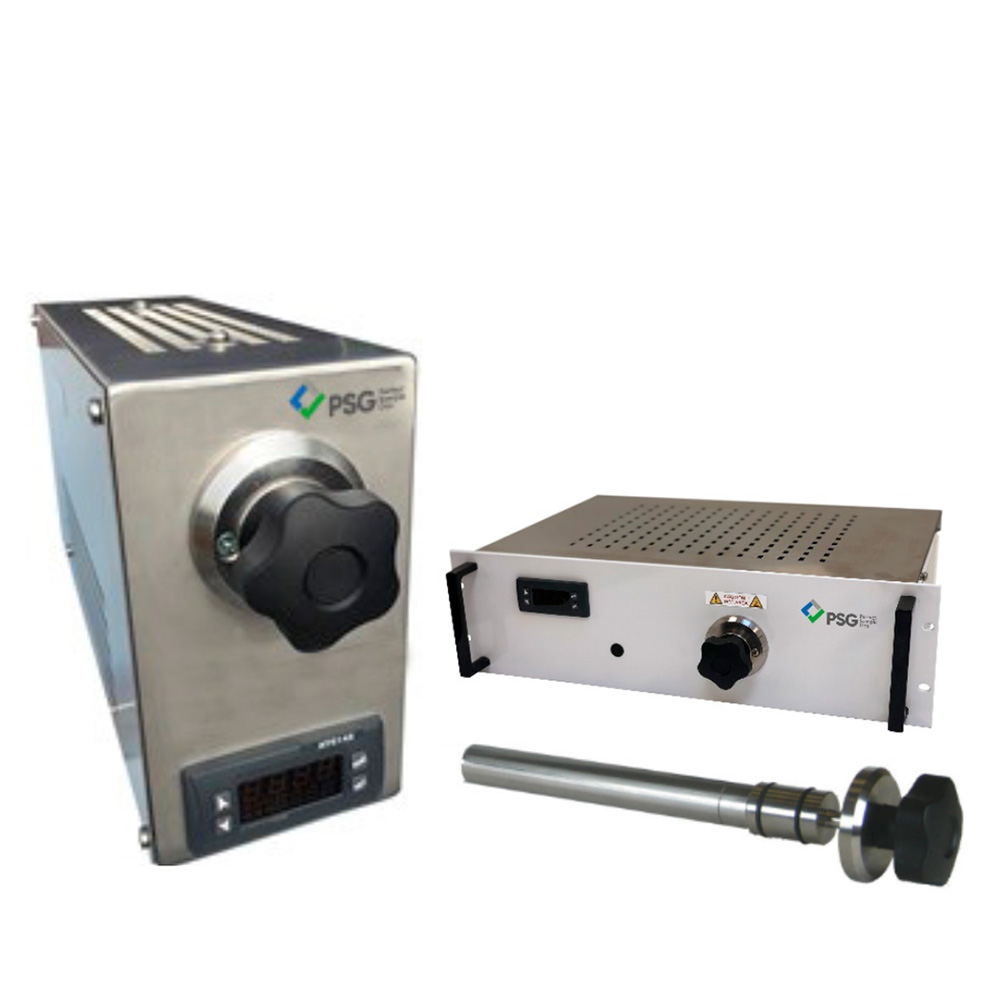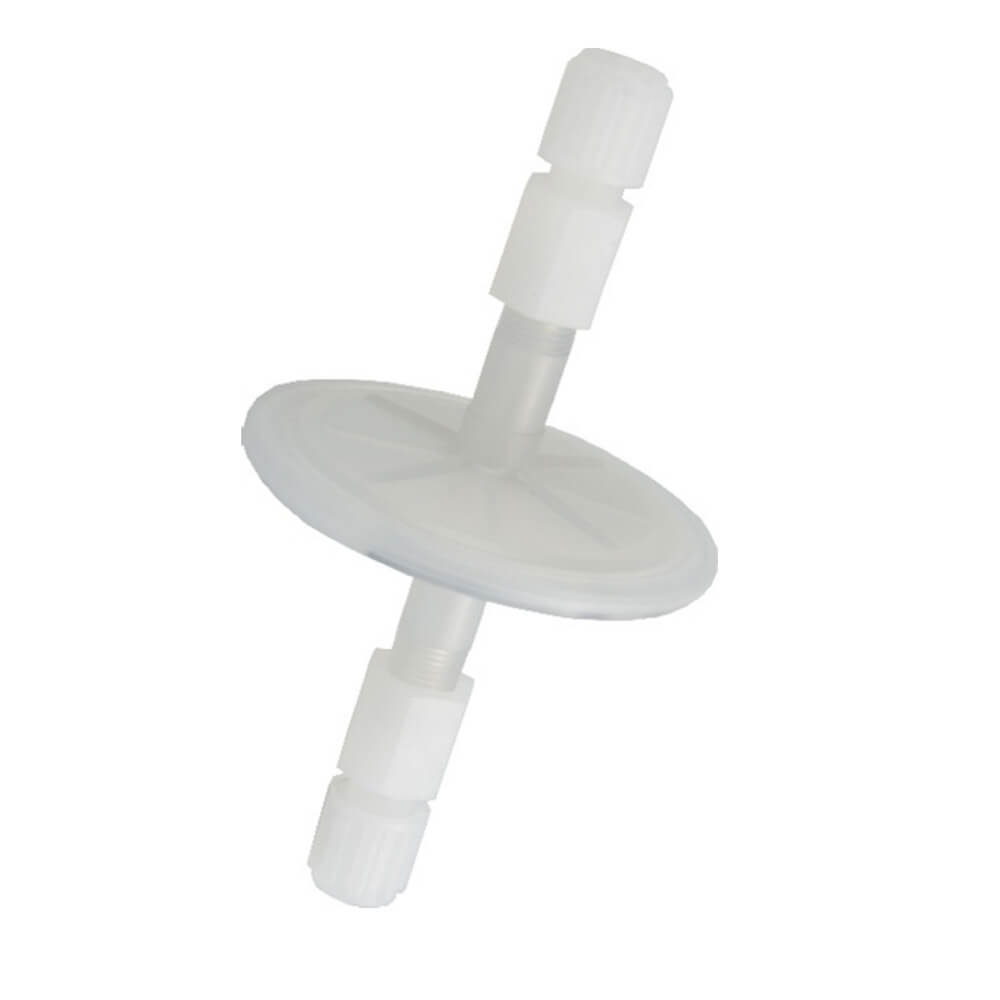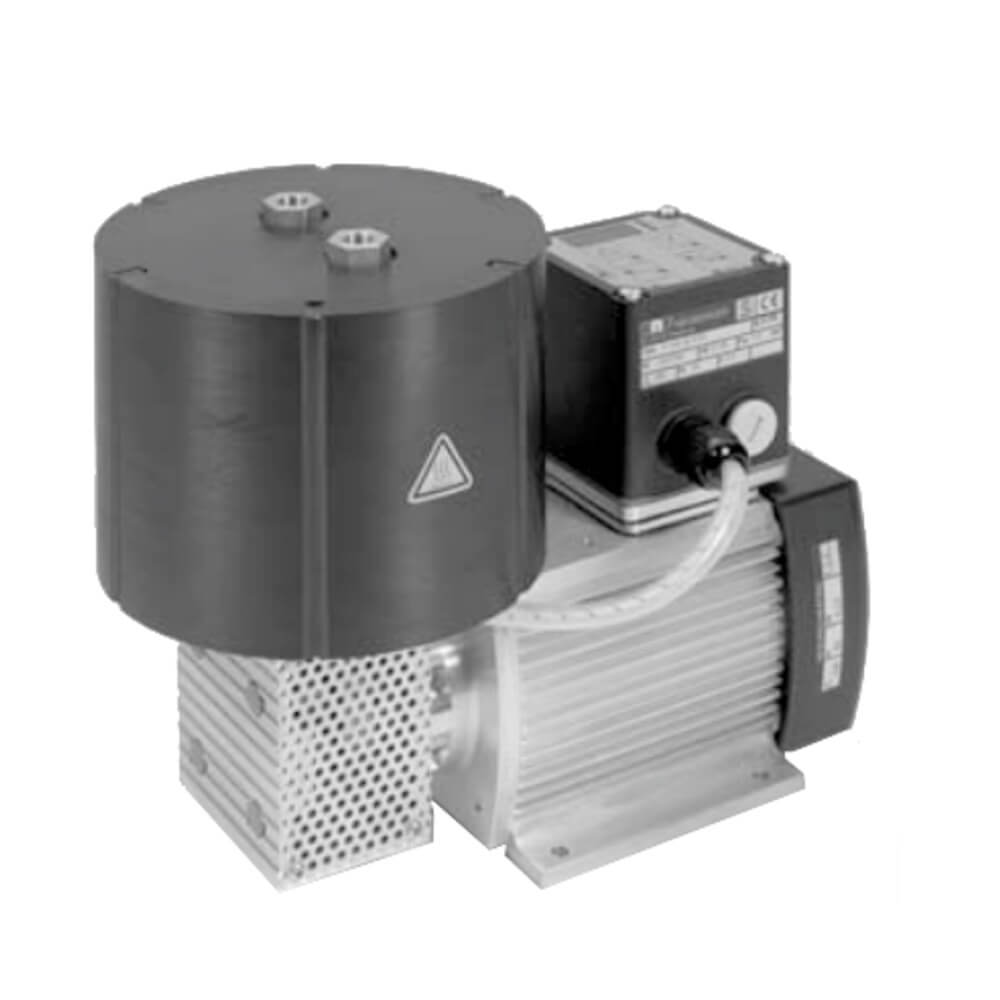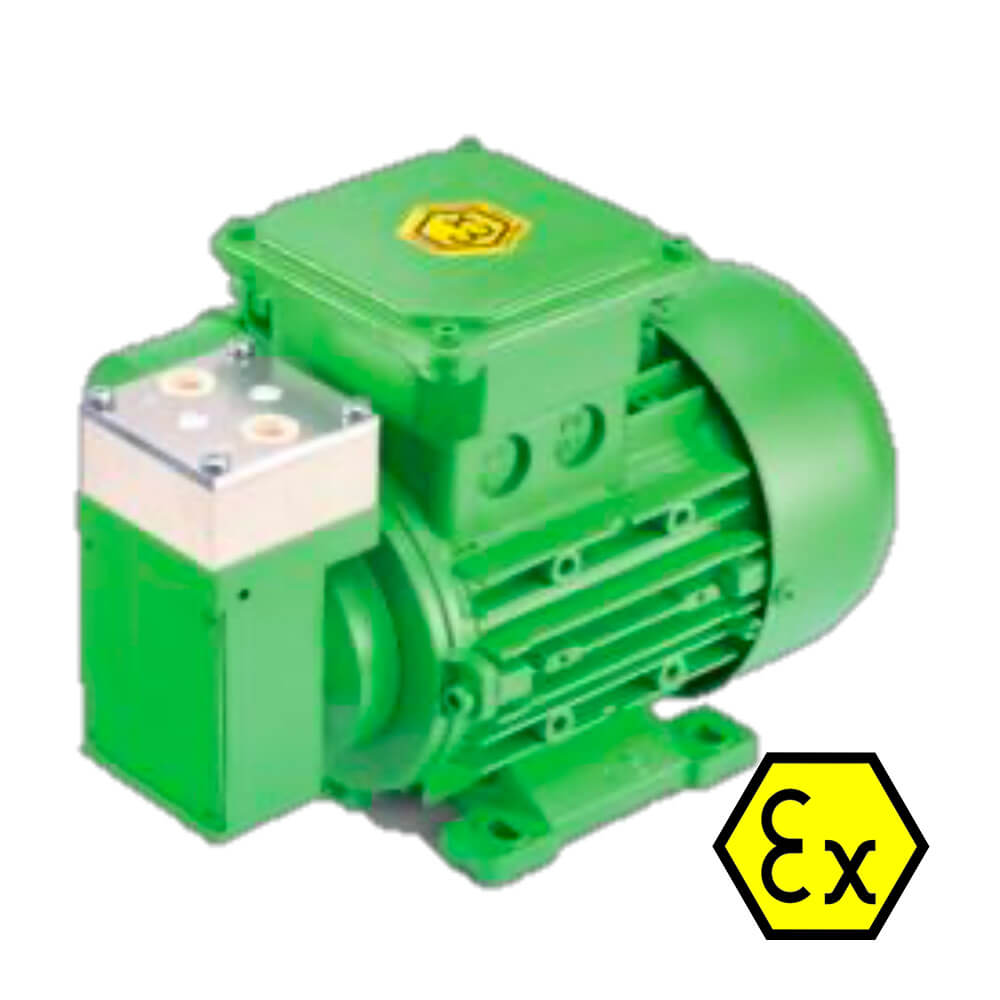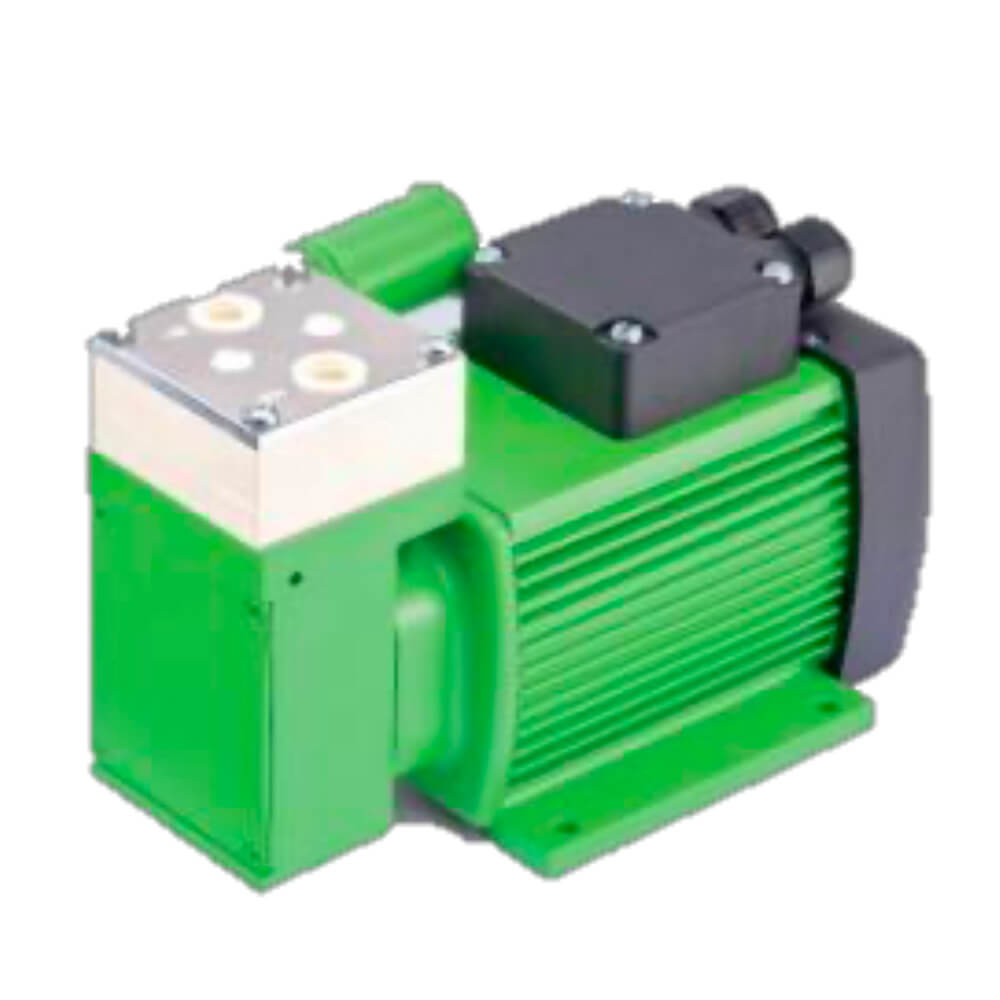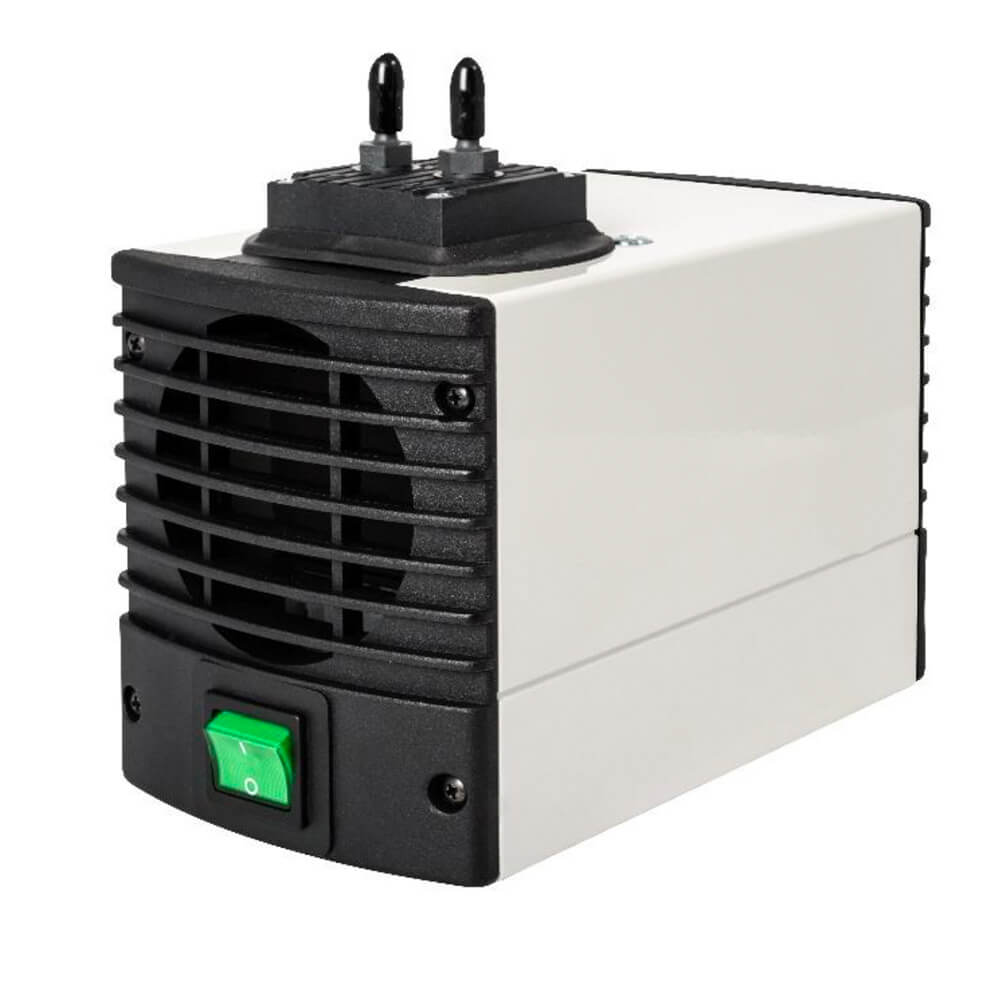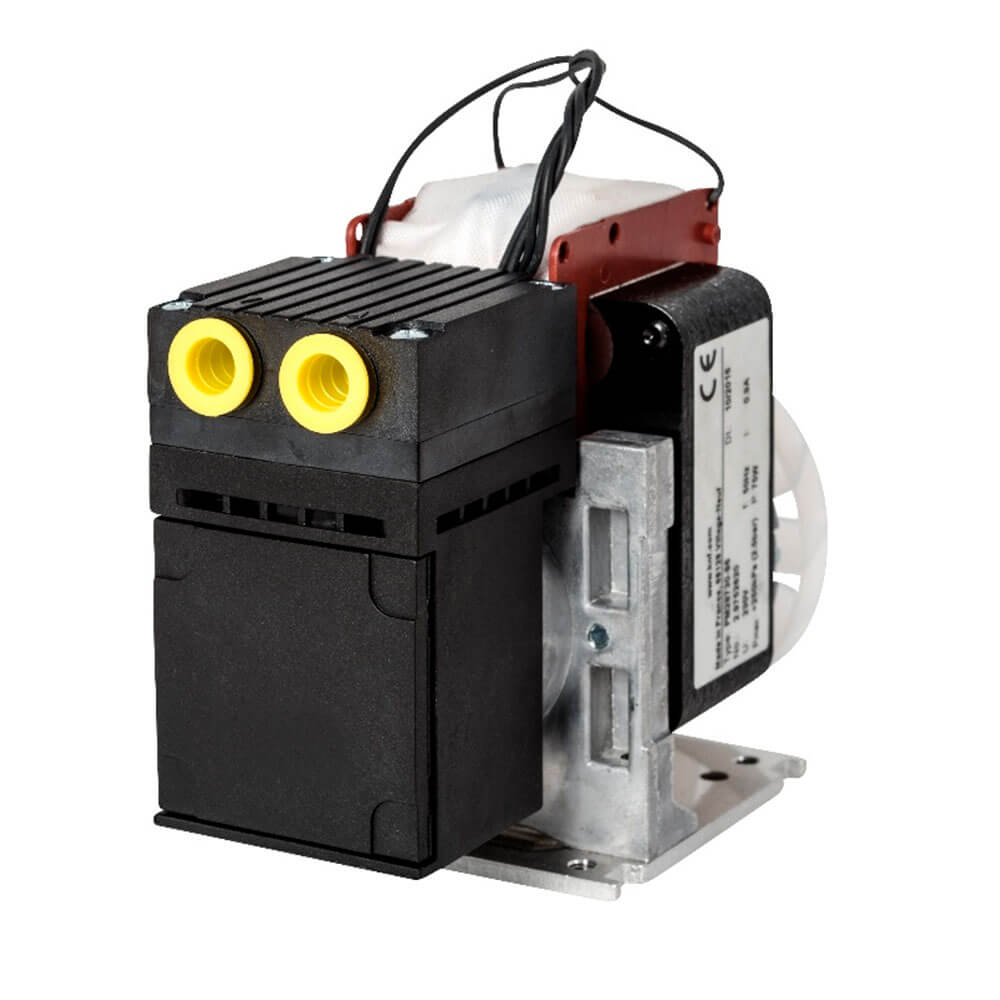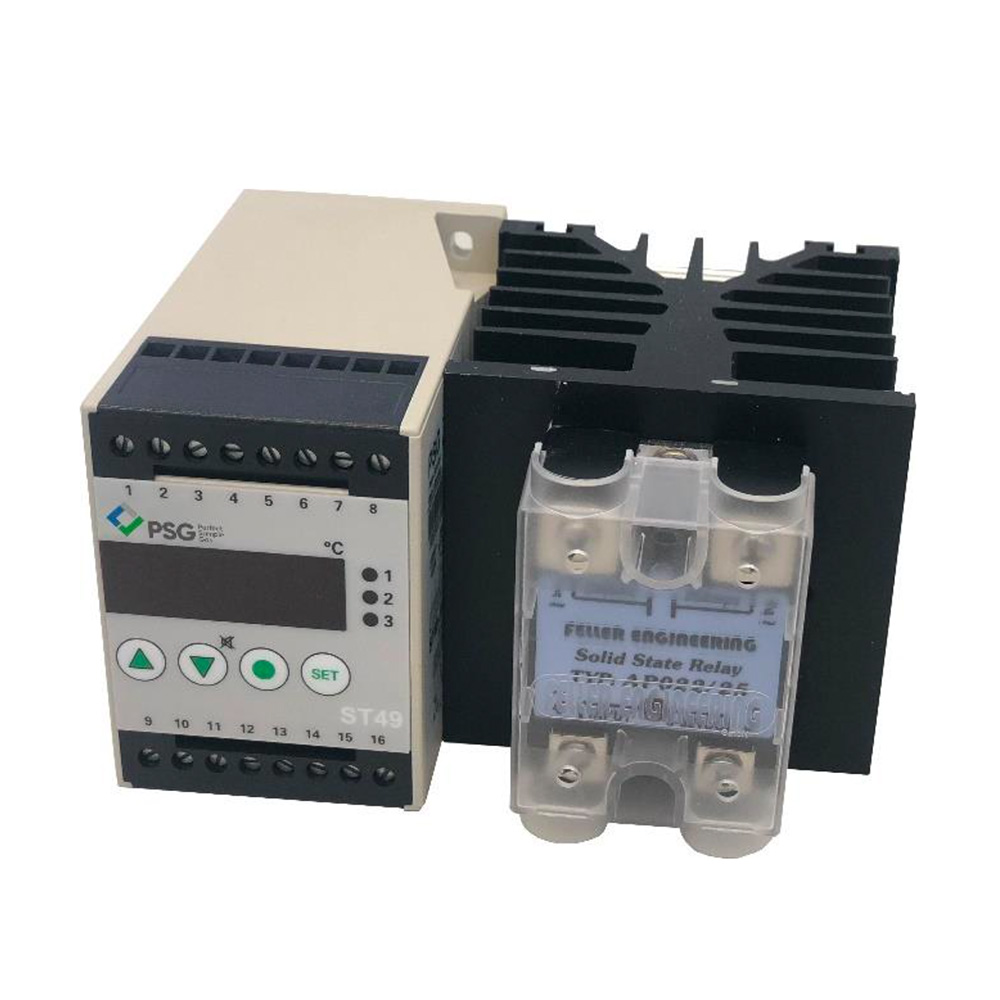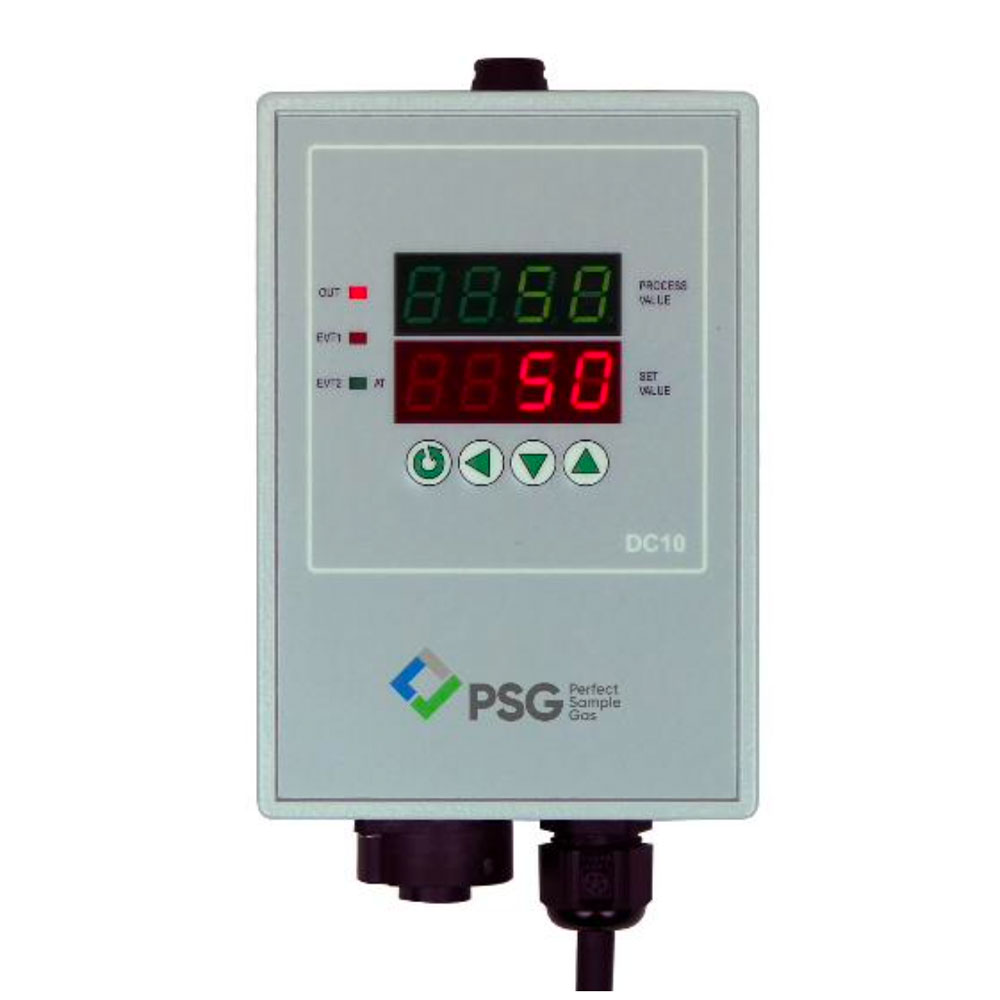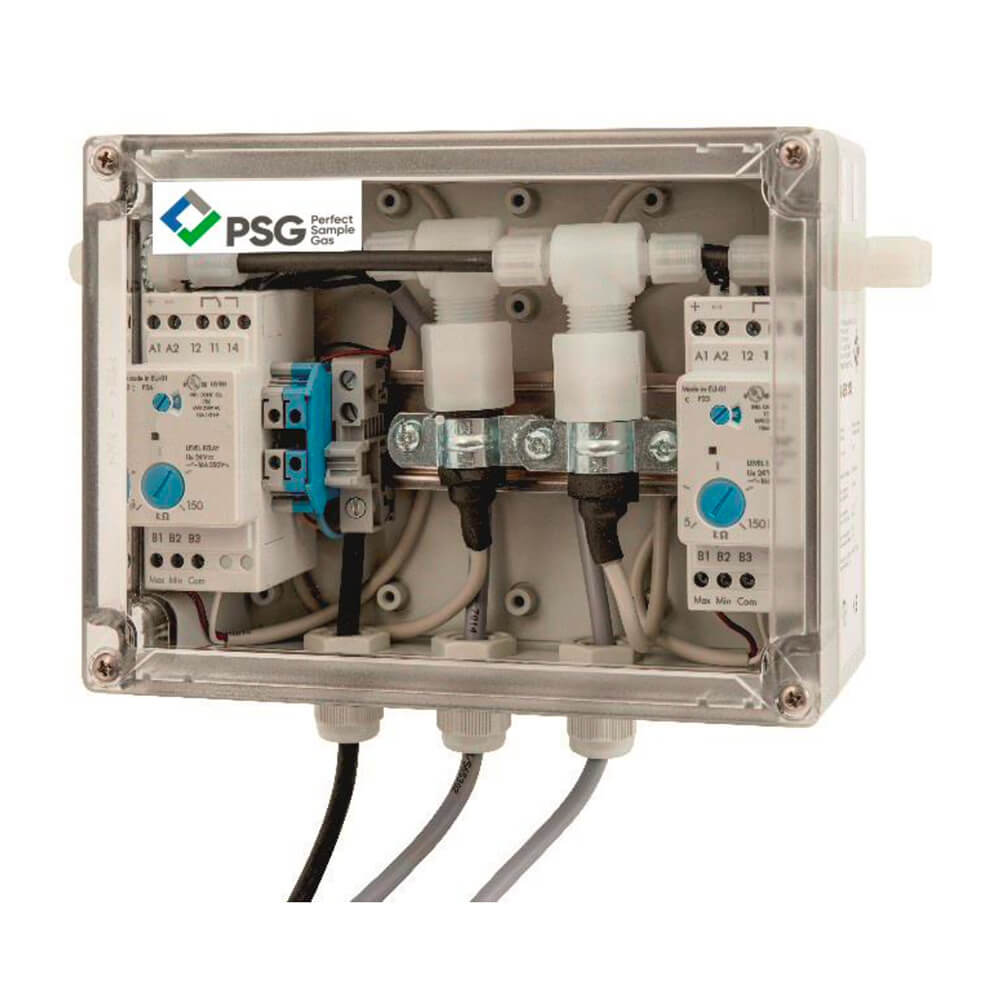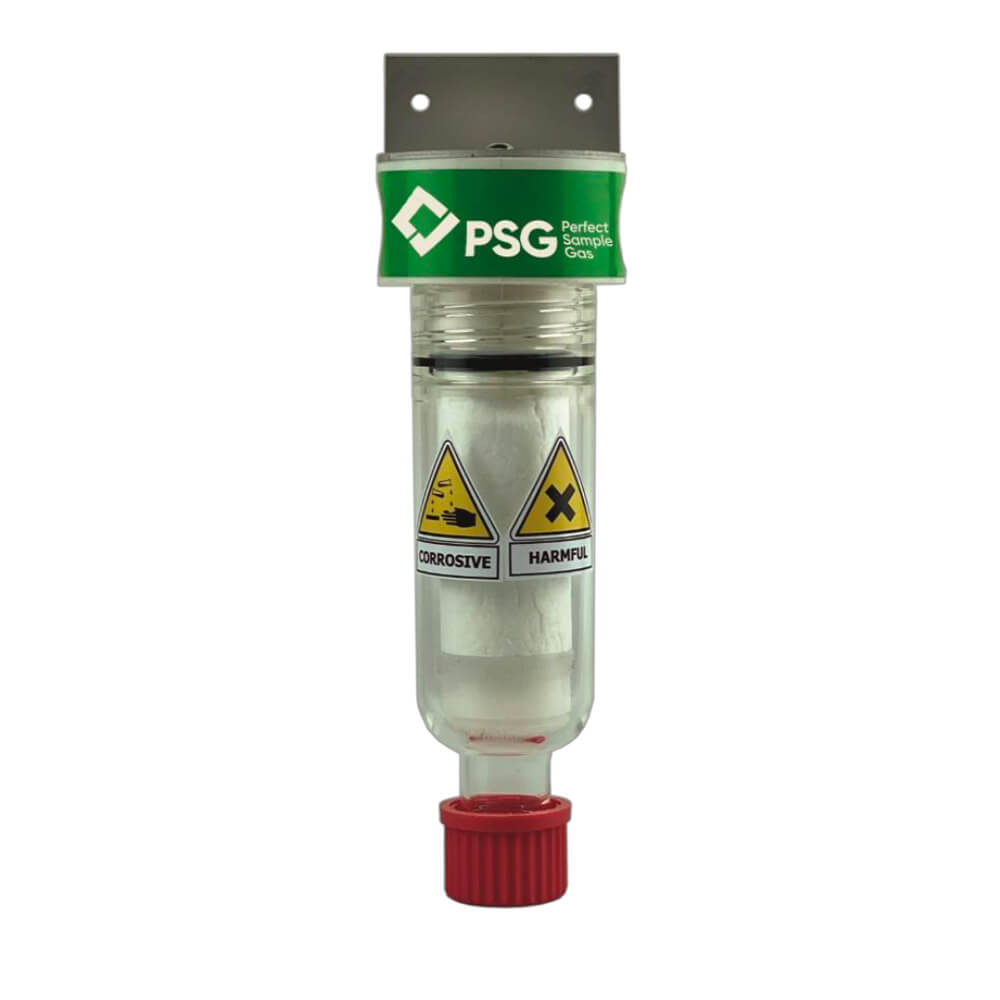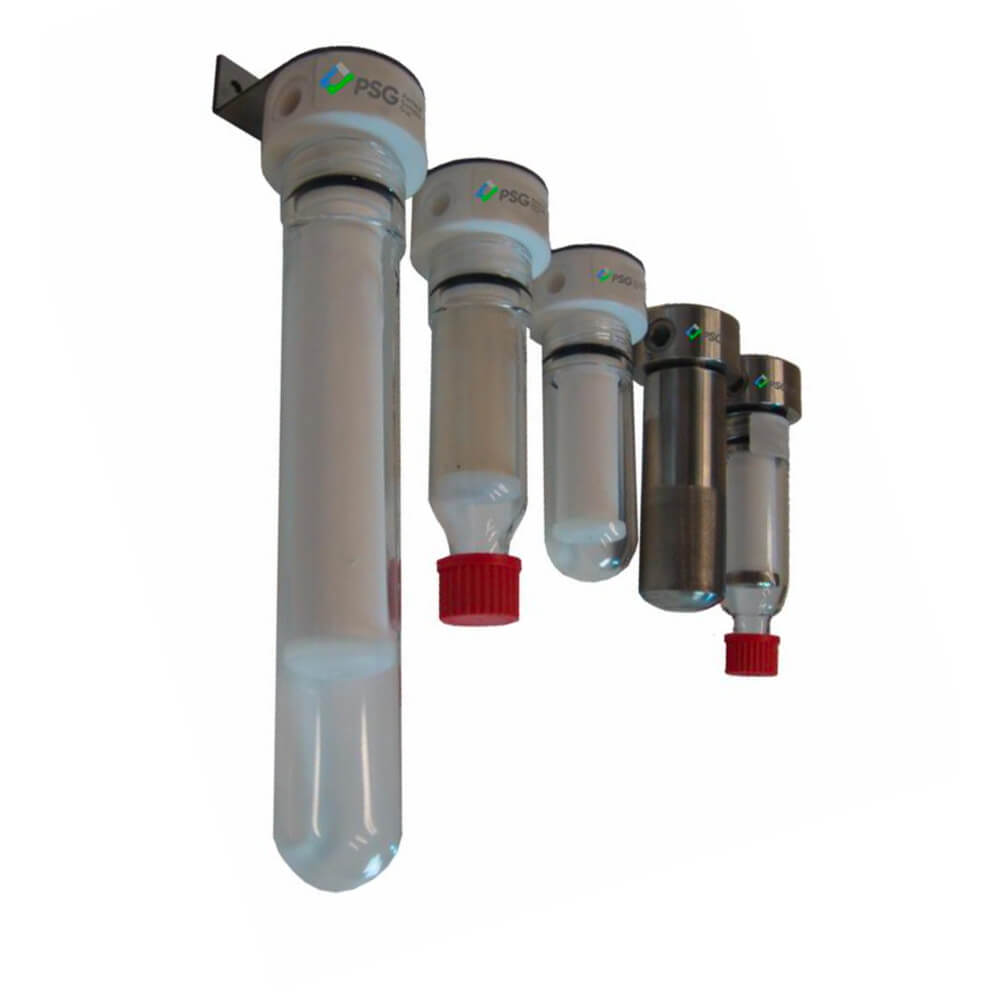
Properties
Application
The solid particle filters series SPFare used for continuous extractive gas analytics. They are usually installed upstream the analyzer and serve for fine solid particle separation from the sample gas to protect the analyzer from damage. Typical applications for the filter’s series SPF are all kinds of emission monitoring and process gas measurements.
Technology
The solid particle filters series SPFare designed particularly corrosion resistant and easy to maintain. Filter head and holder can be made of PVDF, PTFE or stainless steel. The filter body is made of glass or stainless steel and the sealing is made of FKM. Filter elements made of PTFE, glass fiber, ceramic or stainless steel can be mounted. Regarding design special attention was also paid to an extra low dead volume for fast response time and a low pressure drop. Due to the G1/4” f-thread the sample gas connections can be determined variably by means of an appropriate screw fitting. With optional GL25-connection the liquid sensor MS can be integrated in the filter.
Functions
With the different filter elements with porosities between 0,1µm and 2µm even finest solid particles will be separated reliably. The filtration happens from the outside to the inside of the filter element and thus uses the larger outer filter surface. The gas flow enables also the reliable separation of possibly arriving liquids in the bottom of the filter body. With integrated liquid sensor at this point unwanted occurring liquid can be detected and signaled directly. Using a filter body made of glass a quick and simple assessment of the condition of the filter element is possible.

